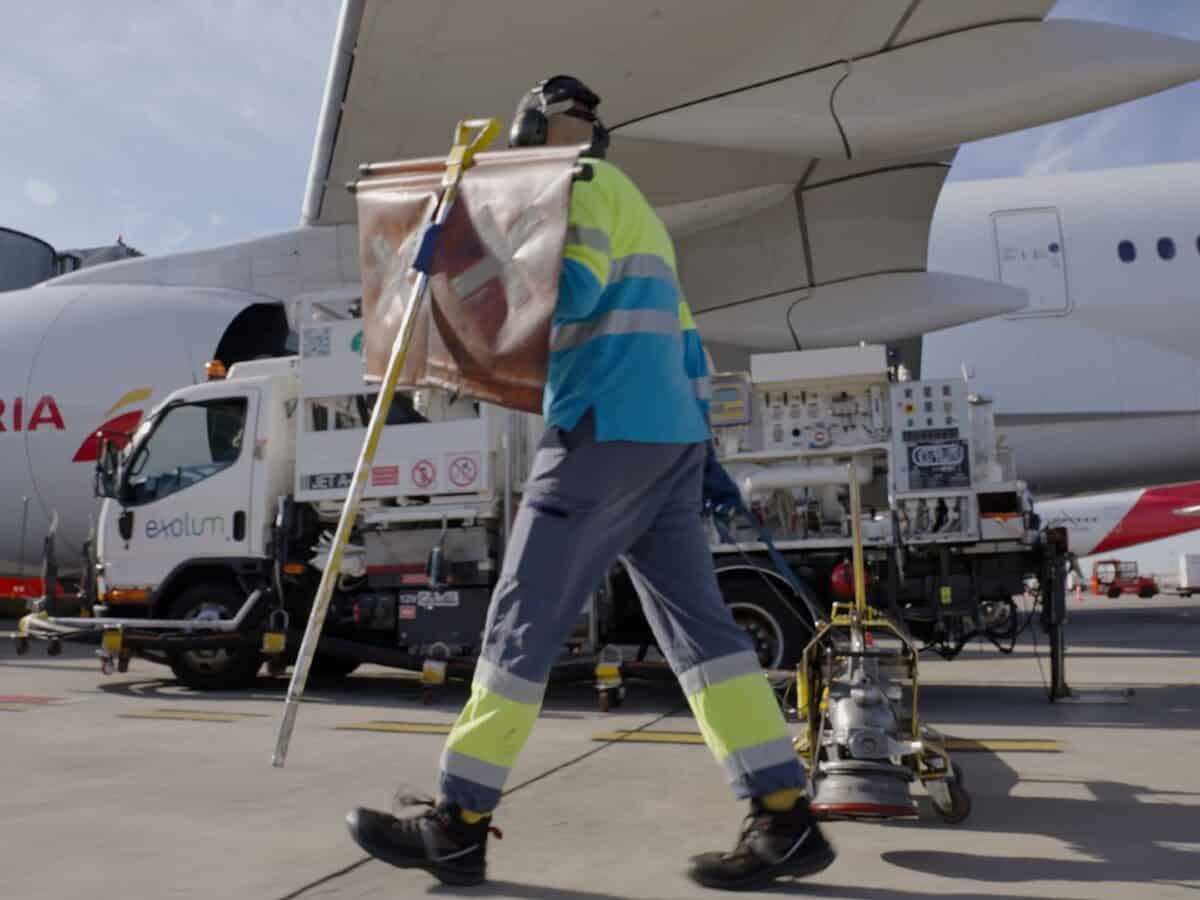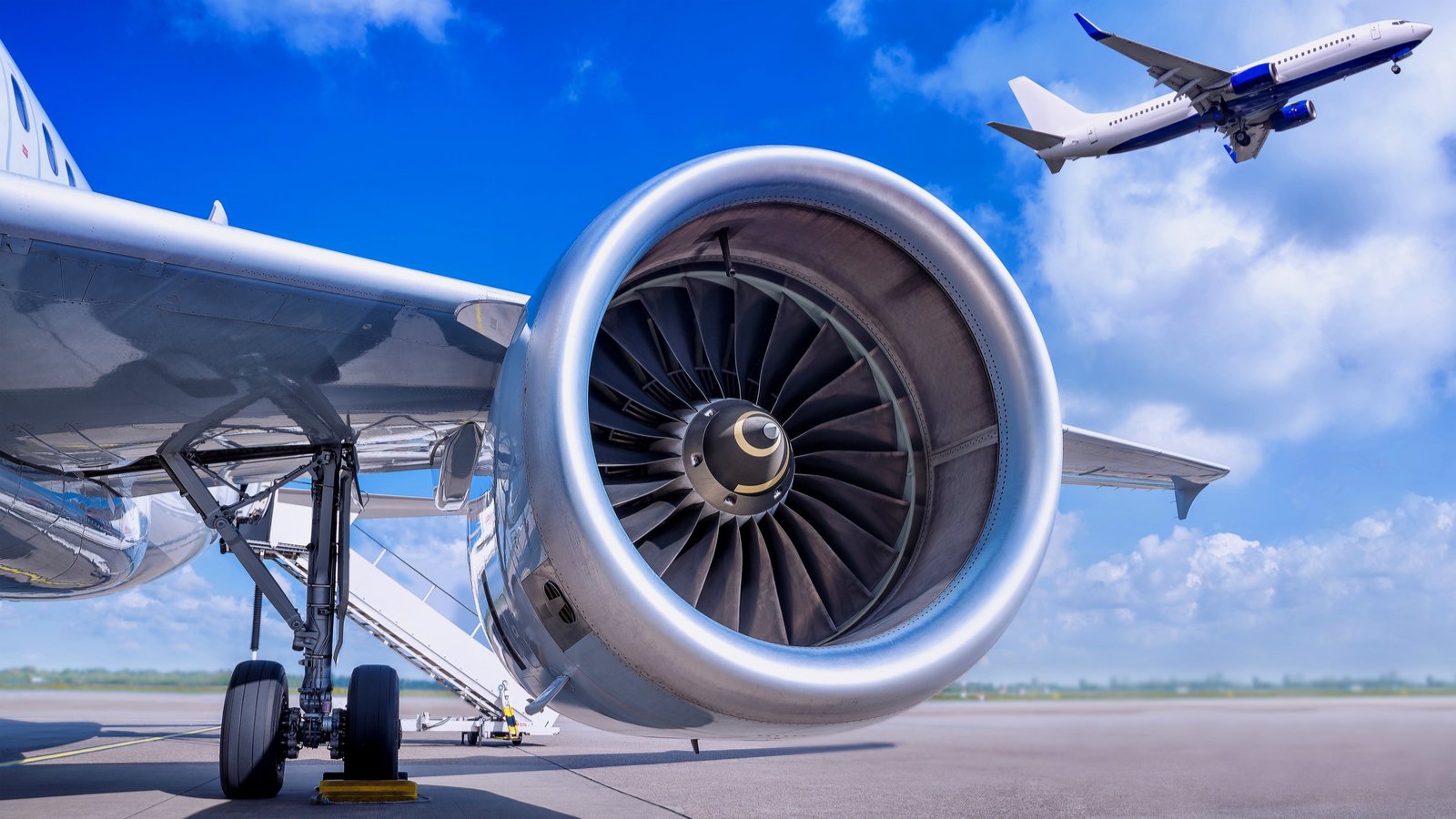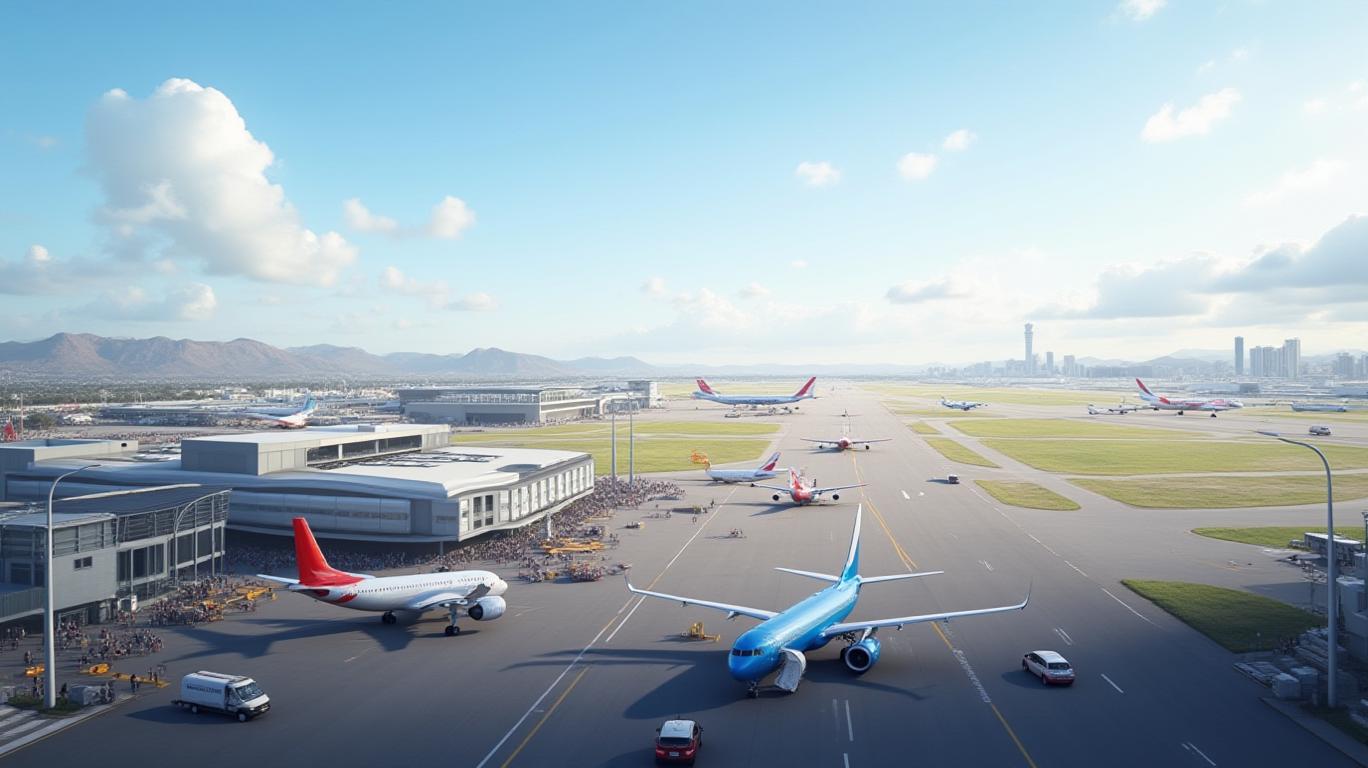Alright, let’s dive into the world of airport management stocks and see if we can unearth some hidden gems. We’re talking about companies that aren’t just flying high because of passenger numbers, but because they expertly run the airports themselves – think everything from baggage handling to retail spaces.
Undervalued Airport Management Stocks: Flying Under the Radar?
Ever thought about investing in airports, but not the airlines that fly out of them? It’s a whole different ball game, and often, a much more stable one. While airlines are constantly battling fuel prices, competition, and fickle passenger demand, airport management companies are more like landlords. They own or operate the infrastructure, charging airlines for landing fees, passengers for security, and everyone for parking, food, and duty-free goods.
This makes them fascinating businesses, often with long-term contracts and a bit of a monopoly in their local areas. But are there any truly “undervalued” ones out there? In a world where every investor is looking for the next big thing, finding a diamond in the rough can be tough. Let’s explore.

Why Airport Management? It’s More Than Just Runways
When you think about an airport, you probably picture planes taking off and landing. But that’s just a tiny fraction of what an airport management company does. These businesses are complex ecosystems. They manage:
Runways and Terminals: Obvious, right? But this involves constant maintenance, upgrades, and ensuring smooth operations.
The beauty of this model is diversification. Even if passenger numbers dip slightly, revenue from retail or cargo might hold steady. And with long-term leases and concessions, these companies often have very predictable cash flows.

The Impact of Global Events: A Double-Edged Sword
We’ve all seen how quickly global events can shake up the travel industry. Pandemics, economic downturns, and even geopolitical tensions can impact passenger traffic. This is where the “undervalued” aspect comes into play. When the market gets spooked by a dip in travel, airport management stocks can sometimes be unfairly punished, creating opportunities for savvy investors.
However, it’s also important to remember that they are not immune. A prolonged period of reduced travel can significantly impact their bottom line. The key is to look for companies with strong balance sheets, diverse revenue streams, and a history of bouncing back.
Where to Look for Undervalued Gems

Finding undervalued stocks isn’t about finding cheap stocks. It’s about finding good companies whose stock price doesn’t fully reflect their true worth or future potential. Here are some areas to consider when hunting for undervalued airport management companies:
Smaller, Regional Airports: While the major international hubs get all the headlines, smaller regional airports can sometimes be overlooked. They might have strong local economies supporting them, less competition, and potential for growth as travel patterns evolve. Look for companies managing a portfolio of these.
What Makes an Airport Management Company a Good Investment?
Beyond being potentially undervalued, here are some characteristics that make an airport management company an attractive long-term investment:
Long-Term Concessions and Leases: Airports are not built overnight, and their operating contracts are often for decades. This provides incredible revenue predictability.
Risks to Consider
No investment is without risk. When looking at airport management stocks, keep these in mind:
Economic Downturns: A recession can significantly impact discretionary travel and cargo volumes.
The Search for Value: A Deeper Dive
So, how do we actually find these undervalued companies? It requires more than just glancing at a stock price.
Financial Ratios: Look at traditional valuation metrics like Price-to-Earnings (P/E), Price-to-Book (P/B), Enterprise Value to EBITDA (EV/EBITDA), and Dividend Yield. Compare these to industry averages and historical trends for the specific company. An EV/EBITDA lower than peers could indicate undervaluation.
It’s a process of elimination and deep research. You might start by screening for companies in the airport infrastructure or transportation services sectors, then narrow down your list based on financial health and operational specifics. Don’t be afraid to read annual reports and investor presentations – that’s where the real story often lies.
A Long-Term Play
Investing in airport management companies is generally a long-term play. These aren’t typically “get rich quick” stocks. Their value often appreciates steadily over time as global travel continues its upward trajectory and as they continue to efficiently manage and expand their vital infrastructure. Patience is a virtue here. The undervalued aspect might come from a temporary dip in sentiment, a specific regional issue that doesn’t impact the whole company, or simply a lack of broad market attention. Identifying these short-term disconnects with long-term potential is the goal.
The Next Frontier: Technology and Sustainability
Beyond the traditional metrics, consider how airport management companies are embracing the future.
Smart Airport Technologies: Are they investing in AI for baggage handling, biometric scanning for security, or advanced air traffic control systems? These innovations can lead to greater efficiency and a better passenger experience, which in turn attracts more airlines and passengers.
These forward-looking strategies, even if they involve initial investment, can unlock significant long-term value and potentially be overlooked by the broader market, contributing to an “undervalued” status.
The Allure of Infrastructure Investing
At its heart, investing in airport management is a form of infrastructure investing. These are essential assets that are crucial for global commerce and human connection. Governments and economies rely on them. This inherent necessity often provides a strong foundation for long-term growth and stability, even if there are short-term fluctuations. The long-lived nature of these assets and the typically regulated environment often mean steady, predictable returns once established.
As the global population continues to grow and economies become more interconnected, the demand for air travel, and therefore well-managed airports, is only going to increase. This secular trend provides a powerful tailwind for these businesses. The trick is finding the companies that are best positioned to capitalize on this trend, but whose current stock price doesn’t yet fully reflect that potential. This is where the patient, diligent investor can find their reward.
In summary, looking for undervalued airport management stocks means looking beyond the obvious, understanding the intricate nature of their operations, and focusing on long-term trends and robust financials. It’s a journey into a vital, often overlooked, segment of the global economy.
Conclusion
Investing in undervalued airport management stocks requires a keen eye for detail, a long-term perspective, and a deep understanding of what truly drives these complex businesses. It’s not about chasing the latest fad, but rather identifying essential infrastructure assets with stable cash flows, strong balance sheets, and a clear path for future growth, whose market price temporarily undervalues their intrinsic worth. By focusing on diversification, strong management, and an eye towards future trends like technology and sustainability, investors can potentially uncover hidden gems in this crucial sector. While no investment is without risk, the fundamental importance of air travel and the robust business models of well-run airport management companies make them an intriguing area for patient, value-oriented investors to explore.
5 Unique FAQs After The Conclusion
1. How do airport management companies typically generate revenue beyond landing fees and passenger charges?
Airport management companies generate a significant portion of their revenue from non-aeronautical sources. This includes leasing retail space to shops, restaurants, and duty-free stores, generating income from parking facilities, ground transportation services (taxis, shuttles), advertising within the airport, and even revenue from hotels or conference centers located on airport property. Some also earn from cargo handling and fuel concessions.
2. What role does government regulation play in the profitability of airport management companies?
Government regulation plays a substantial role. Regulatory bodies often set limits on fees airports can charge airlines and passengers, and they also oversee safety, security, and environmental standards. Changes in these regulations, such as new taxes or stricter environmental requirements, can directly impact an airport management company’s operational costs and profitability. Conversely, supportive regulatory frameworks can encourage investment and growth.
3. Are there specific economic indicators that are particularly important for analyzing airport management stocks?
Yes, several economic indicators are crucial. These include global GDP growth (as it influences business and leisure travel), consumer spending confidence, crude oil prices (which impact airline profitability and indirectly affect airport demand), and tourism trends. Additionally, local economic health and population growth in the airport’s catchment area are vital, as they drive local passenger and cargo volumes.
4. How do long-term concession agreements affect the valuation and stability of these companies?
Long-term concession agreements, often spanning decades, provide significant stability and predictability to airport management companies. These agreements guarantee a revenue stream over a prolonged period, reducing short-term market volatility and making financial forecasting more reliable. This long-term visibility contributes to a higher valuation as it reduces investment risk and provides a clear path for sustained cash flows.
5. In an era of increasing environmental awareness, how are airport management companies adapting, and does this impact their investment attractiveness?
Airport management companies are increasingly investing in sustainability initiatives. This includes transitioning to renewable energy sources, implementing waste reduction and recycling programs, adopting greener building materials, and optimizing operations to reduce emissions. While these investments might require upfront capital, they enhance the company’s long-term resilience, reduce regulatory risks, attract environmentally conscious travelers and airlines, and can lead to operational cost savings, ultimately boosting their long-term investment attractiveness.


